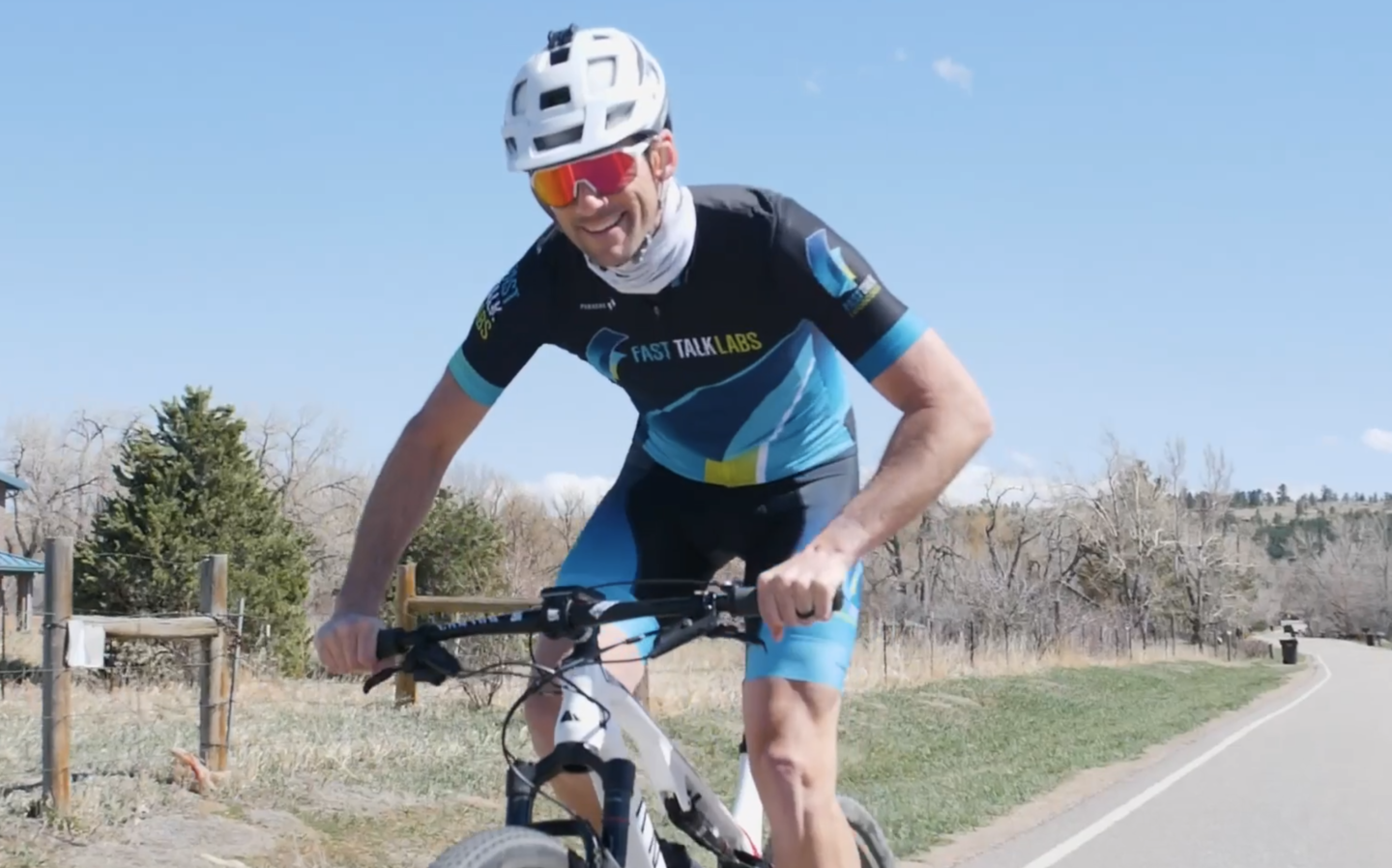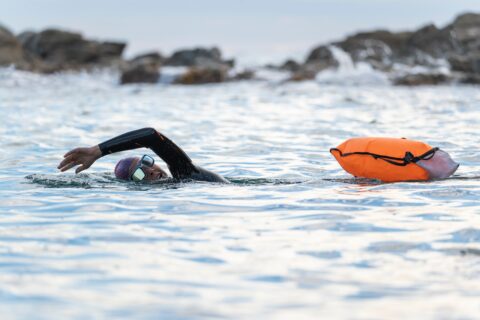Just because you have limited time doesn’t mean you can’t create a training plan that involves an overload stimulus. We show you how.
Just because you have limited time doesn’t mean you can’t create a training plan that involves an overload stimulus. We show you how.




